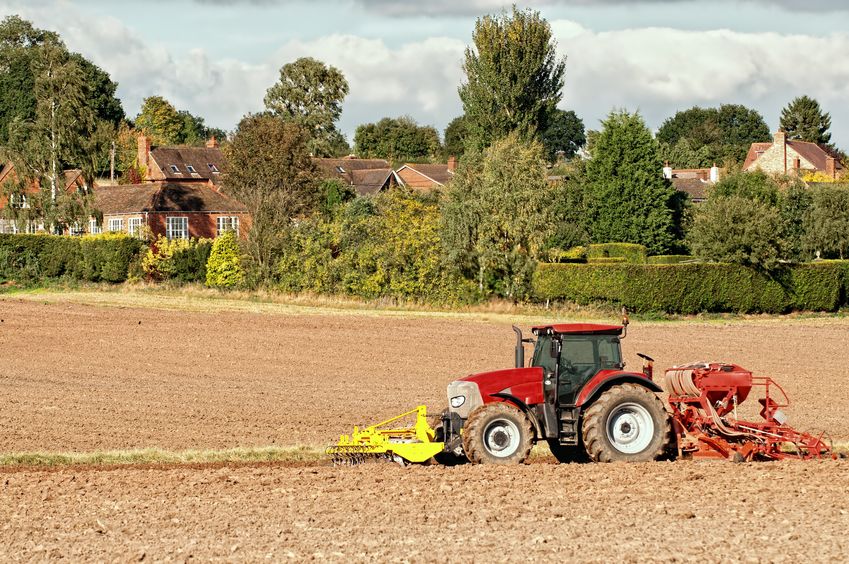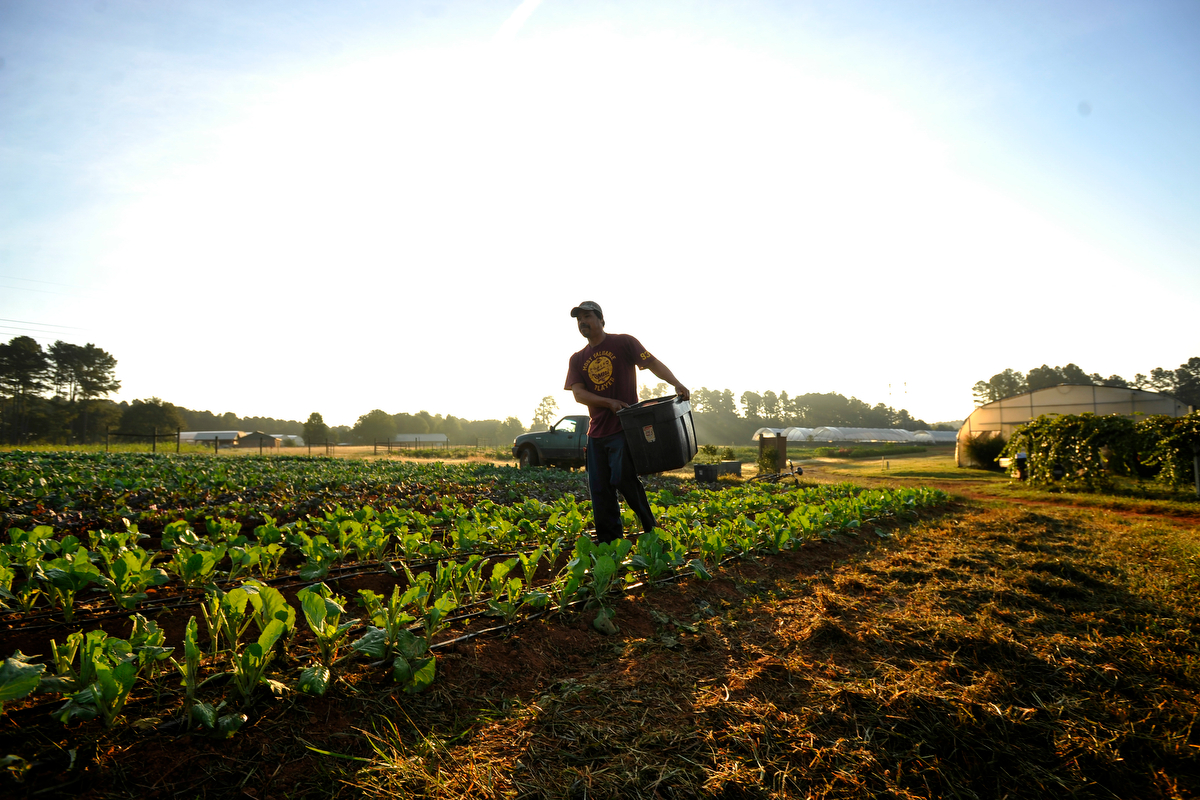
The amount of land farmed organically in the United Kingdom fell by more than three per cent last year, according to figures released by the Department for Environment, Food and Rural Affairs (Defra).
Defra's annual organic statistics for 2016 show that fully organic land in the UK amounted to 483,000 hectares - down by 3.6 per cent on the 500,000 hectares the previous year.
It is the latest in a series of falls that have seen the area of land farmed organically reduce by 12.5 per cent since 2013, when the total amounted to 552,000 hectares.
Since 2008, when the area of land farmed organically peaked, the area of organic land has declined by some 32 per cent.
Land conversion
However, the figures show that the area of land in conversion to organic surged by 22 per cent last year to 25,000 hectares - a statistic that was seized upon as a hopeful sign by the organic sector.
“The amount of land in conversion shows that farmers are recognising the huge potential from the sector to make a profit from farming organically," said Roger Kerr, chief executive of certification body Organic Farmers & Growers (OF&G).
The surge in the amount of land being converted to organic was even more marked in England, where there was a 47 per cent increase in the area of land in conversion compared with 2015.
The figure for 2016 was 14,700 hectares compared with 10,000 hectares in 2015. “There are plenty of things to be cheerful about in these latest statistics from Defra,” said Roger Kerr.
“Industry figures show that the UK’s organic food sector is the only food sector showing consistent growth, with increases of between seven per cent and 10 per cent reported this year.

“And with demand for organic products in the UK and globally predicted to grow again this year, we know UK farmers, growers and processors are attracted to organic production.
“These figures show there is much to be positive about.”
2.9% of total farmed area
Organic now accounts for 2.9 per cent of the total farmed area on agricultural holdings in the United Kingdom.
Permanent pasture makes up the biggest share of the organic area (66 per cent) followed by temporary pasture (18 per cent) and cereals (7.6 per cent). Permanent organic pasture land fell by 3.5 per cent between 2015 and 2016, from 347,000 hectares to 335,000 hectares. Temporary pasture land remained fairly static, whilst the organic area sewn with cereals was down by 3.2 per cent year-on-year - from 39,600 hectares to 38,400 hectares.
The three main crop types grown organically are cereals, vegetables including potatoes, and other arable crops.
All have shown a decline since the late 2000s. Organic land growing vegetables was down by 1.2 per cent year-on-year. The biggest fall was in herbaceous and ornamentals. Acreage was down by 7.5 per cent.
The figures for livestock farming showed some significant gains for the organic sector in 2016.
Organic poultry farming increased by 10.2 per cent in 2016. The number of birds increased from 2.56 million to 2.82 million. The number of pigs farmed organically rose by five per cent compared with 2015.
The increase in the number of organic pigs in England was as high as 32 per cent - increasing from 22,000 in 2015 to 29,000 in 2016. Numbers of organic cattle were up by 1.7 per cent across the United Kingdom, whilst sheep numbers were down by half of one per cent.
Organic producers increase
The number of organic producers and processors in the United Kingdom has increased by just over five per cent, according to the figures.
In 2016, there were 6,363 producers and processors registered with the organic certification bodies in the United Kingdom - an increase from 6,056 in 2015, although Defra said that the number of producers had declined by 35 per cent since 2007. This mirrored the decline in the land area farmed organically, said the report's authors.
The number of producers only and producer/processors continued to decline, they said. The number of solely processors rose for the third year running and now stands at 2,804, the highest number since 2008.
Aside from the manufacture of ‘other food products’, most processors in the United Kingdom were engaging in the processing and preserving of meat, the production of meat products and the processing and preserving of fruit and vegetables, said the authors.
Roger Kerr said that the increase in the number of processors certified by Organic Farmers & Growers was higher than the increase recorded by Defra.
“Overall, UK organic processors are up 14 per cent but at OF&G we’ve seen an increase of nearer 20 per cent,” he said. “That growth is hugely encouraging for everyone in the organic sector working hard to fulfil increasing demand."
He said that more domestic production was needed to meet a growing demand for quality food. Organic production had a critical part to play in that, he said.
Figures for the different parts of the United Kingdom show that Wales has the largest percentage of land in organic production. Some 4.9 per cent of land in Wales is organic. In England the figure is 3.3 per cent, in Scotland 2.2 per cent and in Northern Ireland just under one per cent.
